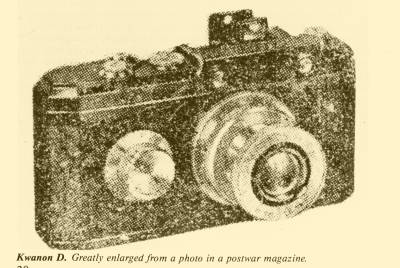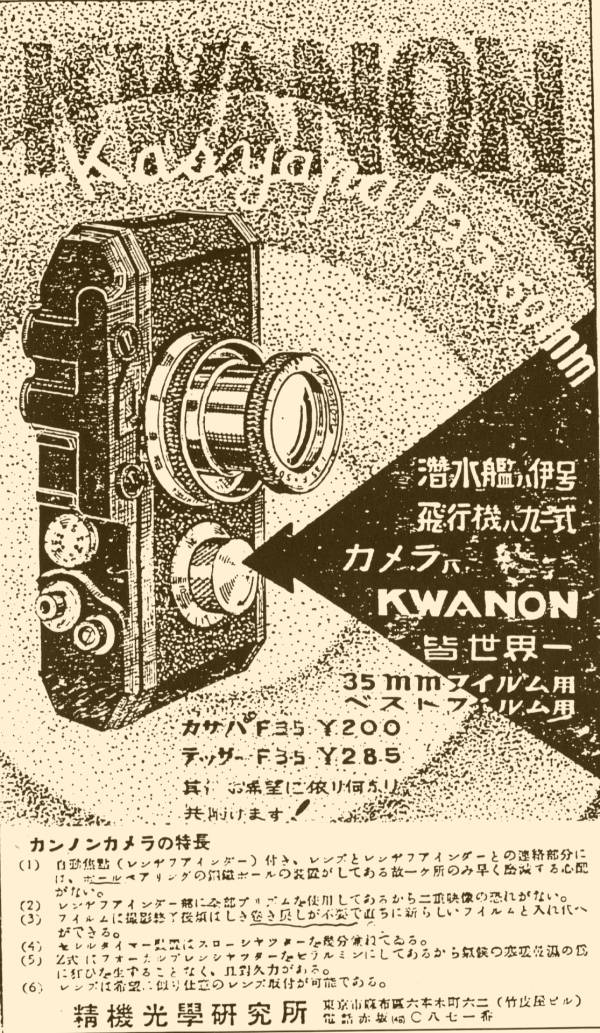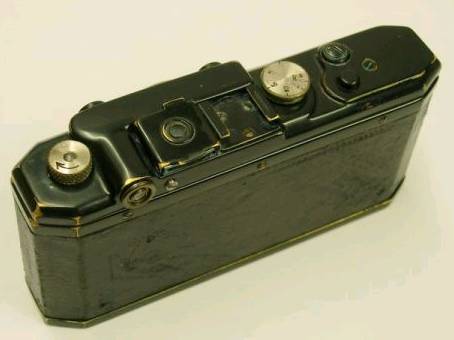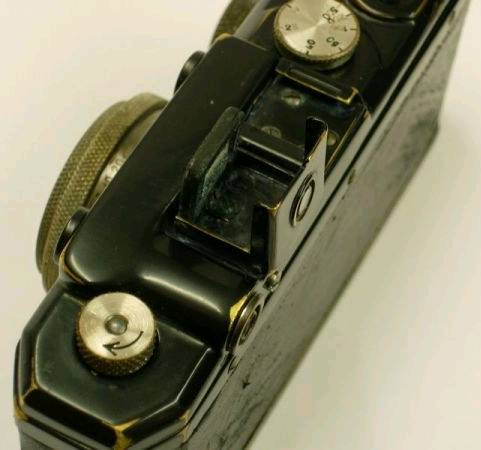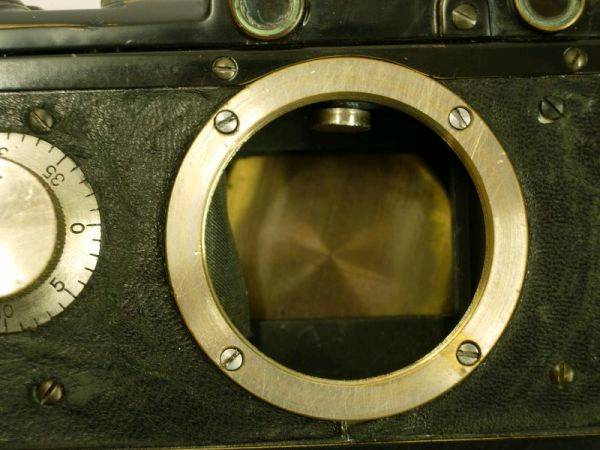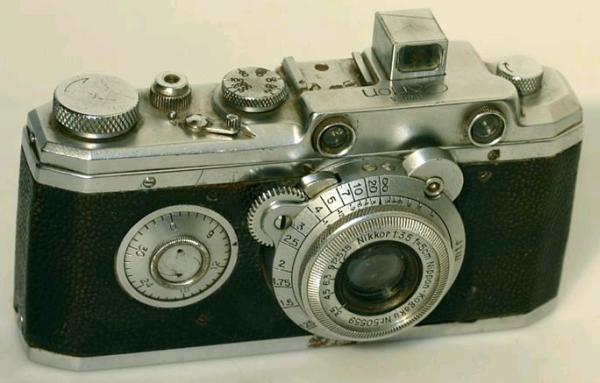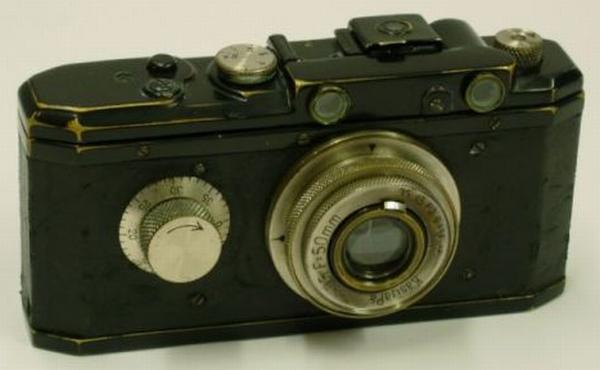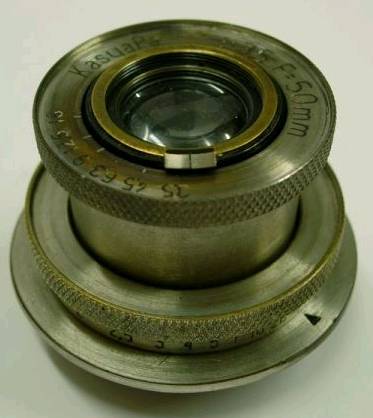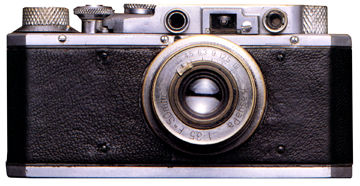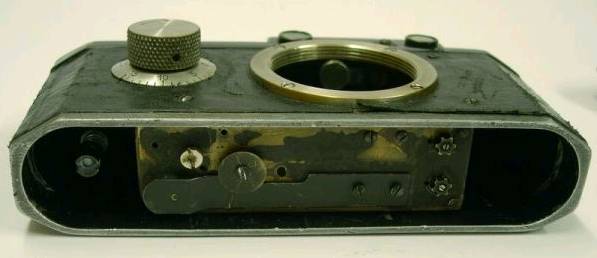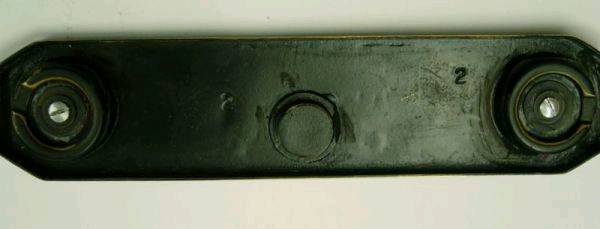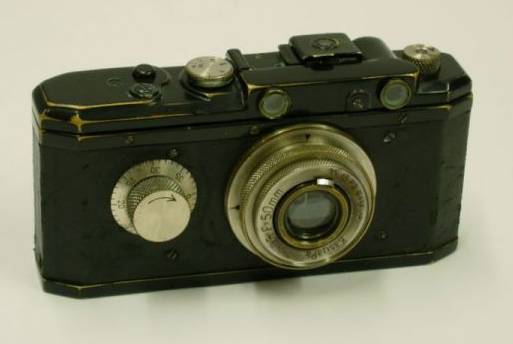
Highest price of a CANON ever: 138.000 USD
This KWANON D camera S/N 2 (probably made in 1934/35) was sold 29th July 2006 in an auction at Boston for 138.000 USD to an unknown floor bidder. It was offered without expertise or confirmed history. CANON did not bid on it allegedly because no (Kwanon) logo or name is engraved on it. This Leica Screw Mount Rangefinder camera was - if legit - predeccessor of the Hansa Canon and the Nikon I, probably the first Japanese 35mm camera. Before this auction, this camera was considered as never made (or just as a wodden dummy) or lost during the war. Maybe this is the only existing camera of Mr. Goro Yoshida, father of all Canons.
